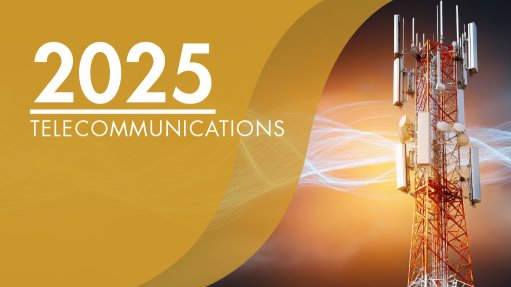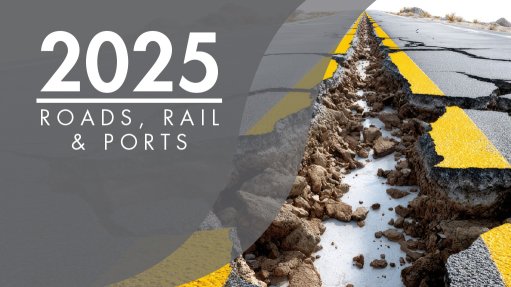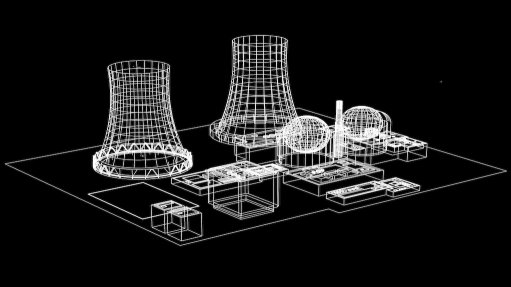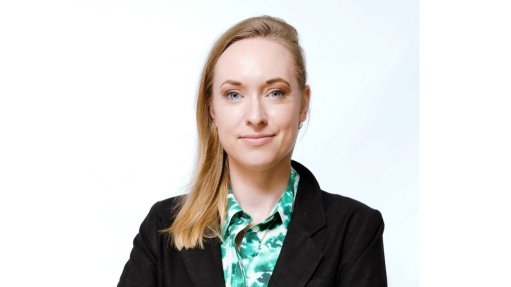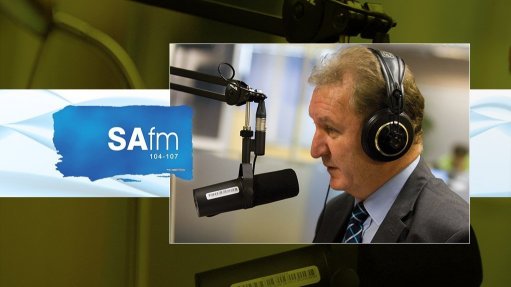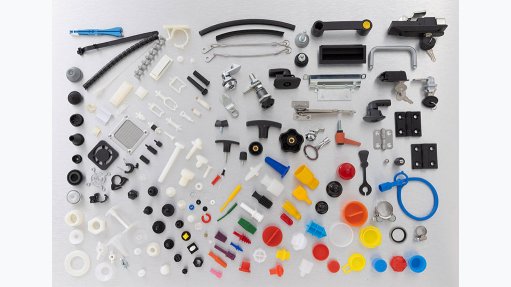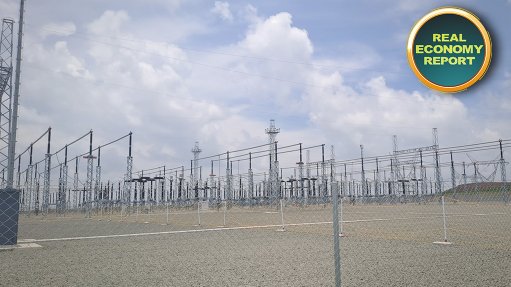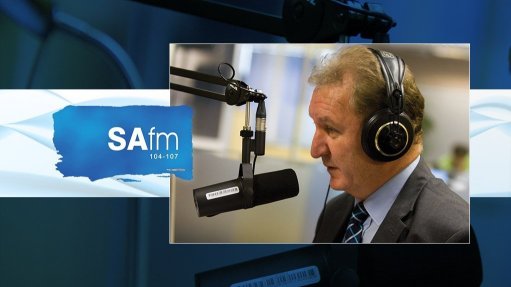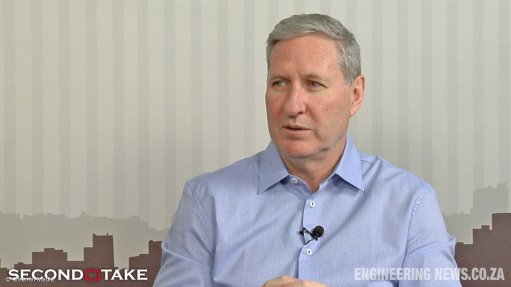Wind industry bottlenecked by grid, transmission delays

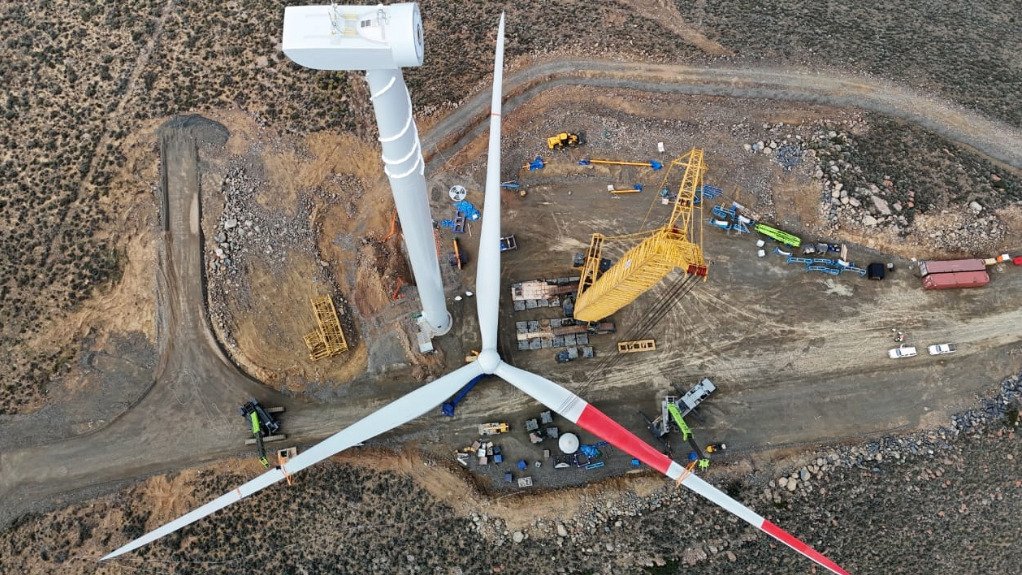
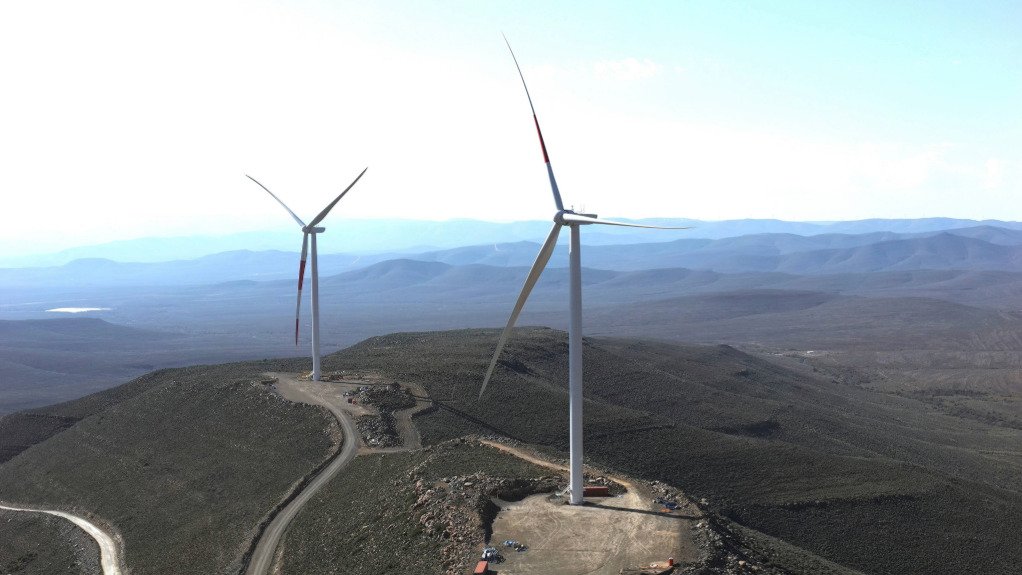
ACILITATING PROJECTS The key change for the energy sector will follow the launch of the South African Wholesale Electricity Market, as it could potentially facilitate significantly more wind and hybrid power projects, tying them to the national grid
Photo by G7 Renewables
BARRING LOCAL COMPANIES The qualification criteria for Integrated Transmission Procurement programmes effectively bar South African companies from leading projects as the requirements in terms of track record and expertise are virtually impossible to meet for smaller firms
Photo by G7 Renewables
The most urgent challenge for the wind industry is unlocking grid capacity, but the complete unbundling of State-owned transmission company the National Transmission Company South Africa (NTCSA) from State-owned electricity utility Eskom Holdings, which is equally important, appears to have stalled, says green energy company G7 Renewables.
South Africa is aiming to liberalise the electricity market through the implementation of the South African Wholesale Electricity Market (SAWEM), which is intended to launch as soon as April 1, 2026, G7 Renewables CEO Dr Kilian Hagemann explains.
However, given the delay with separating the NTCSA from Eskom, both Eskom’s generation division and the NTCSA’s market operator will report to Eskom Holdings which is a “recipe for disaster”, owing to potential conflicts of interest.
“On paper, there may be a legal and functional separation now, but in reality, they still report to the owner of the vast majority of South Africa’s power stations, meaning the monopoly is still intact . . . Until this is properly broken up, there’s not much to celebrate,” he explains.
Further, the launch of Integrated Transmission Procurement (ITP) programmes does not address these challenges. Hagemann states that the qualification criteria for the ITPs effectively bar South African companies from leading projects, as they require project track records and experience that only Eskom or international large-scale utilities could realistically provide.
Local players are largely relegated to a supporting role under the 49% local ownership requirement, which is not commercially attractive for many independent developers.
However, these programmes are being closely watched, as they have the potential to unlock grid capacity in key regions, creating new opportunities in the future.
SAWEM
The key change for the energy sector will follow from the launch of SAWEM: “While there are still many details to be resolved, it could open up an entirely different route to market for wind energy projects to sell their electricity,” says Hagemann.
This is in addition to the established channels of the Renewable Energy Independent Power Producer Procurement Programme model, direct power purchase agreements between wind farms and large electricity consumers, as well as offtake deals through traders and aggregators.
Should these remaining issues – such as lack of grid access (Eskom’s IGCAR rules still forbid selling their power into SAWEM), some tricky details in the soon-to-be-published Market Codes and associated implementation challenges – be resolved, and if SAWEM is launched on time and the pricing signals are correct, Hagemann believes that SAWEM could potentially facilitate significantly more wind and hybrid power projects and tie them to the national grid.
He adds that hybrid projects combining wind, solar and storage are likely to become more prevalent only if government allows technology agnostic or dispatchable renewable- energy auctions similar to the Risk Mitigation Independent Power Producer Procurement Programme but without all of that programme’s pitfalls, by redesigning it from the ground up for renewables plus batteries only.
Additionally, as the market liberalises and SAWEM matures, it will increasingly
become obvious that renewables, coupled with storage, are the cheapest and most reliable way of meeting electricity demand.
Hagemann also believes that, by 2035, with correct interventions on the transmission capacity side and a successful SAWEM, South Africa’s wind industry should be able to at least triple its installed capacity, from 3 444 MW – installed at the end of 2024 – to over 10 GW by 2035.
“If government is more supportive on the regulatory side by easing a lot of the burdens around permits, authorisations and consent for wind projects – which are currently a major hindrance to project development – and, if it prioritises grid access for evening-peak and night-time-producing wind projects over daytime-only solar PV projects, we could even see a five-fold increase in installations over those ten years”, he concludes.
Article Enquiry
Email Article
Save Article
Feedback
To advertise email advertising@creamermedia.co.za or click here
Comments
Press Office
Announcements
What's On
Subscribe to improve your user experience...
Option 1 (equivalent of R125 a month):
Receive a weekly copy of Creamer Media's Engineering News & Mining Weekly magazine
(print copy for those in South Africa and e-magazine for those outside of South Africa)
Receive daily email newsletters
Access to full search results
Access archive of magazine back copies
Access to Projects in Progress
Access to ONE Research Report of your choice in PDF format
Option 2 (equivalent of R375 a month):
All benefits from Option 1
PLUS
Access to Creamer Media's Research Channel Africa for ALL Research Reports, in PDF format, on various industrial and mining sectors
including Electricity; Water; Energy Transition; Hydrogen; Roads, Rail and Ports; Coal; Gold; Platinum; Battery Metals; etc.
Already a subscriber?
Forgotten your password?
Receive weekly copy of Creamer Media's Engineering News & Mining Weekly magazine (print copy for those in South Africa and e-magazine for those outside of South Africa)
➕
Recieve daily email newsletters
➕
Access to full search results
➕
Access archive of magazine back copies
➕
Access to Projects in Progress
➕
Access to ONE Research Report of your choice in PDF format
RESEARCH CHANNEL AFRICA
R4500 (equivalent of R375 a month)
SUBSCRIBEAll benefits from Option 1
➕
Access to Creamer Media's Research Channel Africa for ALL Research Reports on various industrial and mining sectors, in PDF format, including on:
Electricity
➕
Water
➕
Energy Transition
➕
Hydrogen
➕
Roads, Rail and Ports
➕
Coal
➕
Gold
➕
Platinum
➕
Battery Metals
➕
etc.
Receive all benefits from Option 1 or Option 2 delivered to numerous people at your company
➕
Multiple User names and Passwords for simultaneous log-ins
➕
Intranet integration access to all in your organisation






